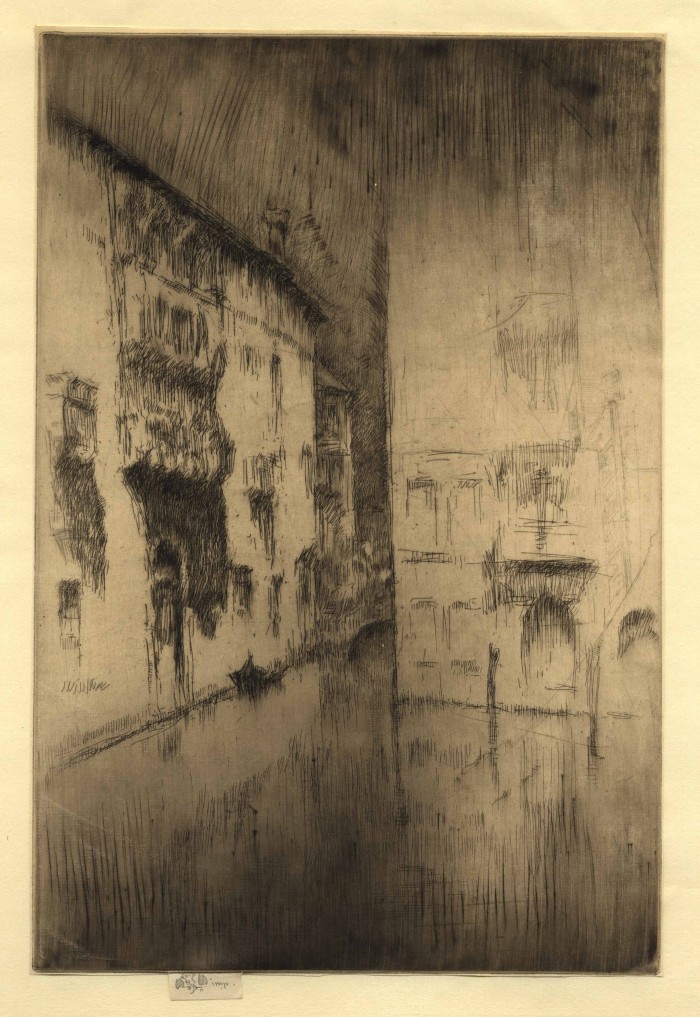Facile Proie – Complete Set of 8
Wednesday, May 28th, 2014
STANLEY W. HAYTER (1901-1988)
Facile Proie.
Set of 8 engravings, 1938-39. 250×325 mm; 9 7/8 x 12 3/4 inches (sheets), full margins, loose as issued, with the cover and . Each print signed and numbered 43/100 in pencil, lower margin. Numbered 43 in red pencil, on the justification page. Published by Guy Levis Mano, Paris. With the cover and container as issued, in generally good condition, some prints with slight spotting in margins, the outer cover with wear; the album in excellent condition.
Very good impressions of these scarce, early prints. This is the initial edition; a restrike edition was subsequently published. Pictures of all the prints are available on request.
According to Hayter, only approximately 50 sets were made and the plates were abandoned in Paris in 1939. Black/Moorhead 116-123.
Hayter exhibited with the Surrealist group in Paris in 1933 and continued to exhibit with them throughout the 1930’s. He left the movement when Paul Eluard was expelled. Eluard’s poem Facile Proie (1939) was written in response to a set of Hayter’s engravings. Other writers with whom Hayter collaborated included Samuel Beckett as well as Georges Hugnet. Here’s the poem:
Mets-toi hors de I'envol du couteau rouge et bleu Tiens-toi bleme et hagard dans I'armure muette II gele a del ouvert le feu a sa statue Du haut de ta stupeur vois les morts apparaitre Etoiles de granit que le vautour enseigne A se perdre a passer sans etre divisees Un squelette a forger dans I'abime sordide Dans le silence epais de la faim rassasiee Plante en pature prends bien garde tous tes songes Ne compenseront pas la gourmandise amere Du la bete au sourire encorne soeur jumelle Du bonheur assure par ta force innocente













